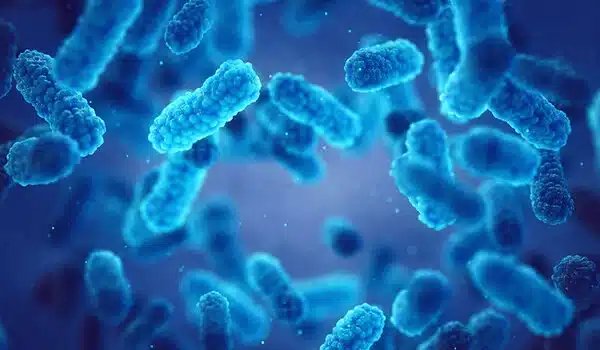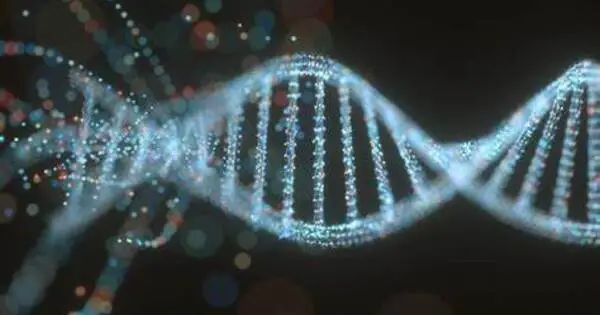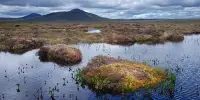Local creeks and streams, not the previously expected high number of pig farms, were the source of Salmonella enterica contamination around coastal North Carolina after Hurricane Florence in 2018.
Researchers reveal in the journal Geohealth that local rivers and streams were the source of Salmonella enterica contamination along coastal North Carolina following Hurricane Florence in 2018 – not the previously suspected large number of pig farms in the region.
These findings have important implications for preventing the spread of disease caused by antibiotic-resistant organisms following flooding events, particularly in poor countries’ coastal regions that are being severely hit by the increase in tropical storms.
The work, lead by Helen Nguyen, professor of civil and environmental engineering at the University of Illinois Urbana-Champaign, and graduate student Yuqing Mao, uses genetic tracing to track the presence and origin of S. enterica in environmental samples from coastal North Carolina.
We analyzed free-floating genetic markers – chromosomes and plasmids – using high-fidelity whole-genome sequencing and found that S. enterica in the samples collected after Hurricane Florence were not from animals or manure.
Helen Nguyen
“Infections caused by antibiotic-resistant pathogens are responsible for approximately 2.8 million human illnesses and 36,000 deaths per year in the U.S. alone,” Nguyen said. “These infections spread easily across the globe and are a major burden on burgeoning health care systems, but they are preventable through mitigation.”
According to the study, because human and animal fecal genetic markers are frequently detected in flood waters, it is widely considered that wastewater sources, septic systems, and livestock farms are to blame for spreading antibiotic-resistant bacteria and genetic material into the environment. No known investigations, however, have conclusively established contamination source points.
“Coastal North Carolina is a great case study area because there is a high concentration of swine farms and private septic systems, and coastal flooding caused by tropical storms is fairly common,” he said.

Three weeks after Hurricane Florence, Nguyen’s team collected 25 water samples from water bodies downstream of the swine farms in agricultural production areas in North Carolina, 23 of which contained the S. enterica bacteria.
“We analyzed free-floating genetic markers — chromosomes and plasmids — using high-fidelity whole-genome sequencing and found that S. enterica in the samples collected after Hurricane Florence were not from animals or manure,” Nguyen said.
The team genetically traced the bacteria’s origin to the many small local rivers and streams in the area — meaning that these pathogens have already established themselves in the natural environment.
“With climate change bringing warmer temperatures — in which bacteria thrive — and possibly larger and more frequent tropical storms, the importance of our findings needs to be realized by researchers and policymakers,” Nguyen said in a press release. “Agricultural and human wastewater should not be the only source considered when designing mitigation plans to prevent the spread of pathogenic bacteria after hurricanes.”
Nguyen’s team intends to expand their research beyond coastal areas, and they are cooperating with other college academics to explore the spread of infections from Canada geese excrement in Illinois.
















